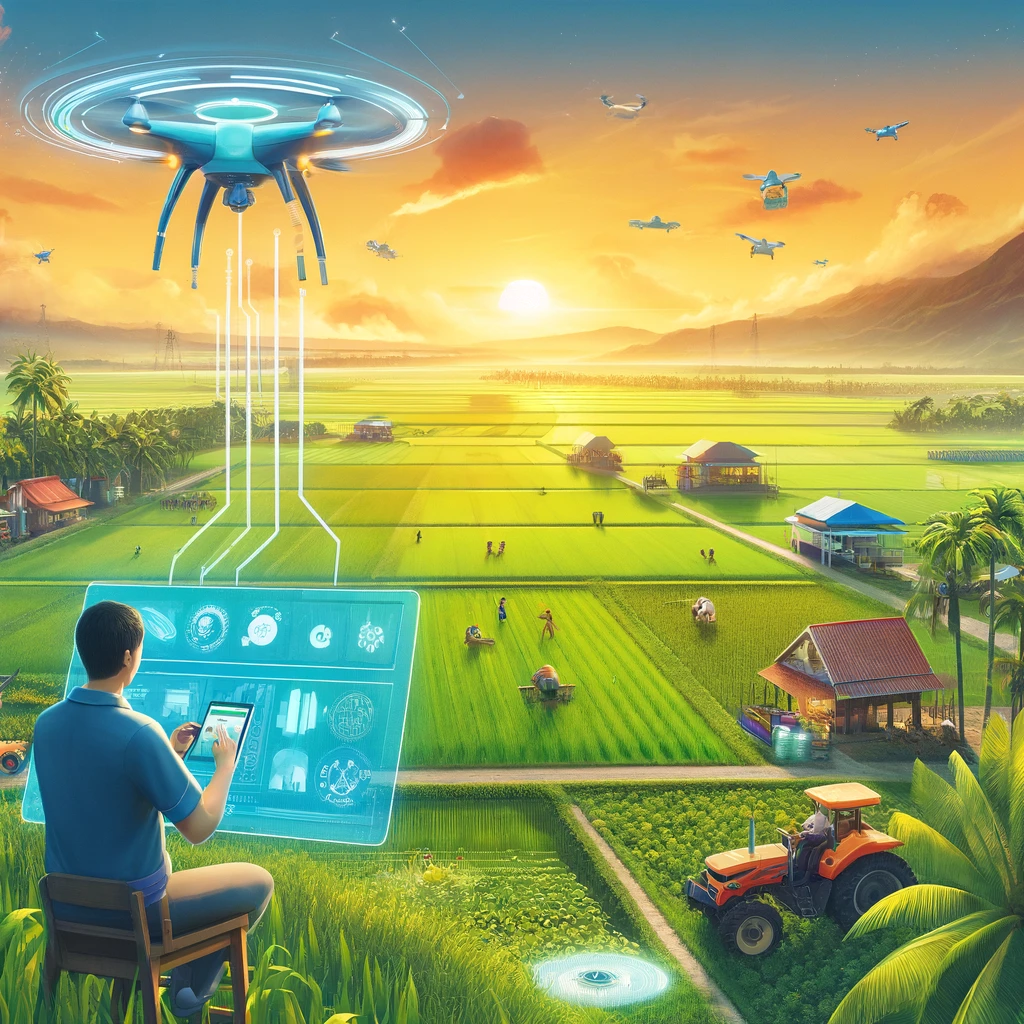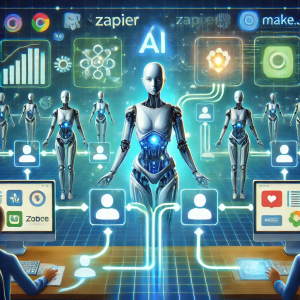The Philippines, known for its rich agricultural history, is at a crossroads where technology can play a pivotal role in driving the sector forward. As the country grapples with various challenges in food security, climate change, and labor shortages, Artificial Intelligence (AI) offers innovative solutions to these pressing issues. From optimizing crop yields to reducing resource wastage, AI holds the potential to revolutionize the Philippines’ agriculture sector.
Current Challenges in Philippine Agriculture
Before diving into how AI can help, it’s essential to understand the challenges the agriculture sector in the Philippines currently faces. Farmers in the country deal with several issues:
- Unpredictable weather patterns: Climate change has made traditional farming techniques less effective, as weather conditions become increasingly volatile.
- Limited access to modern technology: Many farmers still rely on outdated farming methods that are not efficient or sustainable in the long term.
- Soil degradation and resource wastage: Over-farming and poor land management have led to decreasing soil fertility and inefficient use of water and fertilizers.
- Labor shortage: Many young people are leaving rural areas for opportunities in cities, resulting in fewer hands to work the land.
Given these constraints, AI-powered tools could become the game-changer the sector urgently needs.
How AI Can Transform Agriculture in the Philippines
- Precision Farming
AI can improve precision farming techniques by analyzing satellite images, weather data, and soil conditions to determine the optimal time for planting, watering, and harvesting crops. For example, AI models can assess soil health and predict the best fertilization strategy, reducing waste and ensuring higher yields. By customizing these inputs, farmers can maximize output while minimizing resource usage. - Automated Crop Monitoring and Pest Detection
AI-powered drones and sensors can monitor crops in real time. These technologies can detect early signs of disease or pest infestations, allowing farmers to take immediate action. Traditional methods of checking crops manually are time-consuming and often reactive. With AI, farmers can adopt a proactive approach to maintain crop health, ultimately reducing the chances of crop failure and food shortages. - Smart Irrigation Systems
Water is a critical resource, especially in a country like the Philippines, where droughts and water shortages are becoming more common. AI can revolutionize irrigation by using sensors to measure soil moisture and adjust water usage accordingly. This ensures that plants receive just the right amount of water, reducing wastage and conserving water resources. - AI-Driven Supply Chain Management
The agriculture supply chain is complex, involving multiple stages from production to market. AI can streamline this process by predicting demand, optimizing distribution routes, and minimizing spoilage through better inventory management. With AI, farmers and suppliers can better match their produce with market demand, reducing waste and increasing profitability. - Climate-Resilient Farming
AI models can predict the impact of climate change on agriculture, helping farmers to adopt more climate-resilient practices. By using data from previous weather patterns and simulations, AI can recommend crop varieties that are more resistant to extreme weather conditions, such as floods or droughts. This helps ensure food security, even in the face of unpredictable weather patterns. - Labor Shortage Solutions
As younger generations opt for urban employment, AI-driven automation can address the labor gap in rural areas. Robots equipped with AI can perform repetitive tasks like planting, weeding, and harvesting. These machines can operate 24/7, providing consistency and increasing farm productivity. With labor shortages no longer being a bottleneck, agricultural outputs can remain stable or even increase.
Philippine Government’s Role in AI-Driven Agriculture
To fully leverage AI’s potential in agriculture, the Philippine government must take an active role. Initiatives such as subsidies for AI tools, research grants, and training programs for farmers can pave the way for widespread adoption of these technologies. Collaborating with tech companies and research institutions can also help develop AI solutions tailored to the specific needs of Filipino farmers.
Additionally, integrating AI education in rural areas can empower the next generation of farmers, making them tech-savvy and better equipped to handle future challenges.
Conclusion
The marriage of AI and agriculture presents a promising future for the Philippines. With the ability to address climate challenges, optimize resource usage, and boost productivity, AI can help transform the sector into a more resilient and sustainable industry. By adopting AI-driven solutions, the Philippines can not only safeguard its food security but also position itself as a leader in smart agriculture in Southeast Asia.
“I, Evert-Jan Wagenaar, resident of the Philippines, have a warm heart for the country. The same applies to Artificial Intelligence (AI). I have extensive knowledge and the necessary skills to make the combination a great success. I offer myself as an external advisor to the government of the Philippines. Please contact me using the Contact form or email me directly at evert.wagenaar@gmail.com!”


Pingback: Coming up: - evertslabs.org